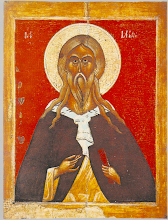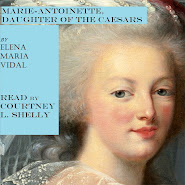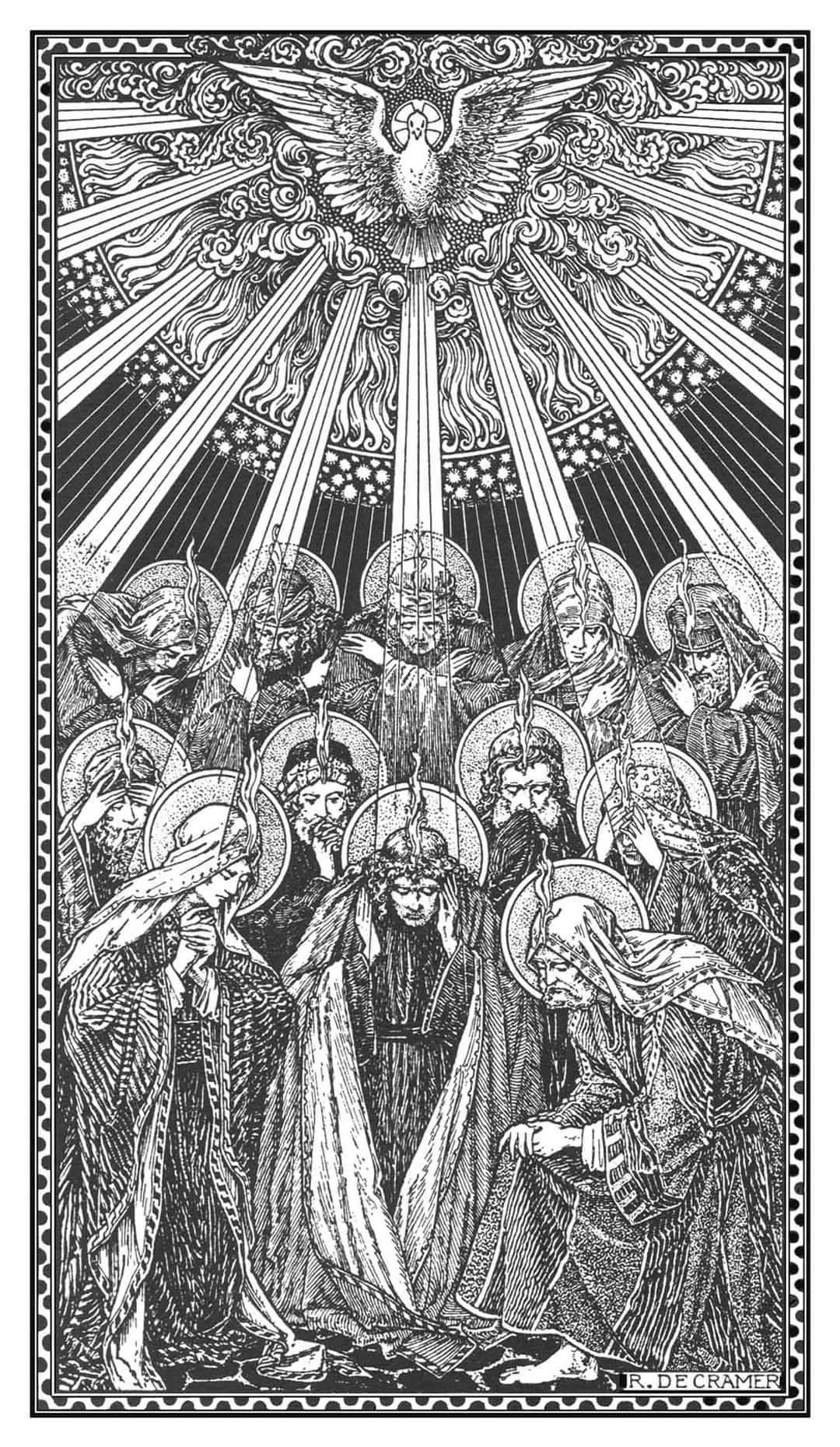
In 1431, May 30 fell upon a Wednesday, the Vigil of Corpus Christi. It was around noon when Jehanne Darc, or Jehanne la Pucelle, "the Maid," as she called herself, was led into the public square of Rouen by enemy soldiers to where the stake awaited her. Nineteen years old, her head shaven, surrounded by placards branding her a witch, idolatress, and abjured heretic, she invoked the Holy Names of Jesus and Mary, and St Michael the Archangel. She had been calumniated and condemned by those whose holy office it was to guide and protect her soul; she had been exposed to lewdness and impurity by those whose sacred duty it was to shelter her innocence and virginity. She was abandoned by the king whose crown her victories had won. She was in great interior darkness; the voices of her saints were silent.
Although she conversed with angels and saints, Joan the Maid was known to be practical and blunt. Very feminine, she missed her embroidery and her mother, yet she emerges on the pages of late medieval history like someone from the Acts of the Apostles. Surrounded by miracles, she was herself a Miracle; she led an army to victory at the age of 17, an illiterate peasant girl, who knew nothing of war or politics. She saved France as a nation, for it had all but ceased to exist when she came on the scene.
Such was her Faith that she confounded her judges, while exhausted, frightened and pushed to the breaking point of her mental and physical strength. Denied the Sacraments by her persecutors, she gazed upon the upheld crucifix, calling out, "Jesus! Jesus!" as the flames consumed her. When Joan's ashes were scattered in the river, her heart was found, untouched by the flames, and still bleeding.
"If I walk in the midst of the shadow of death, I shall fear no evil, for Thou art with me, O Lord Jesus." Communion Antiphon for the Feast of St Joan




















 Today is her feast.
Today is her feast.







